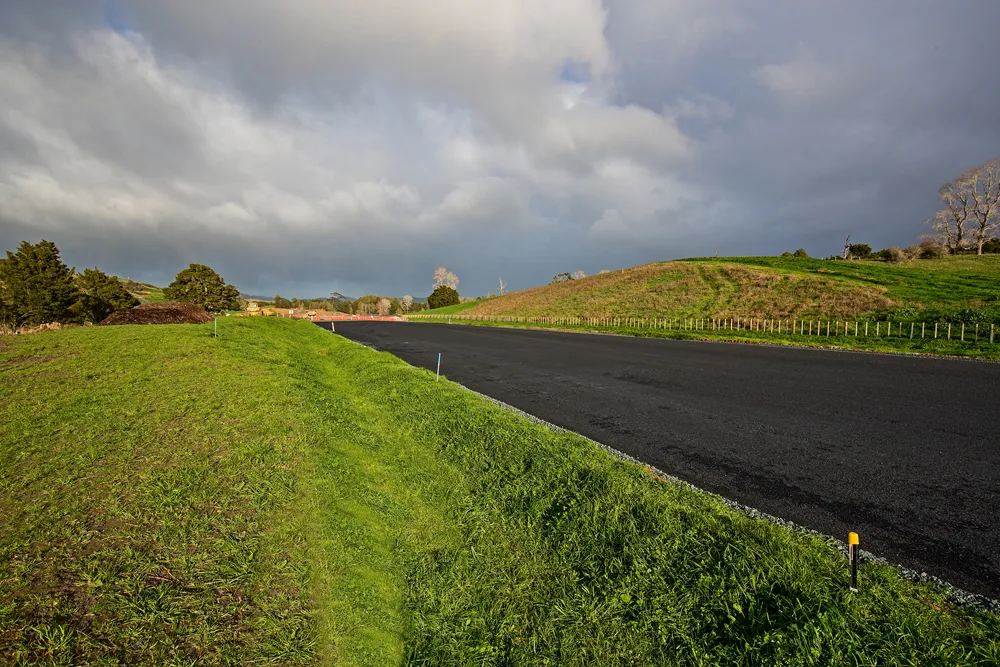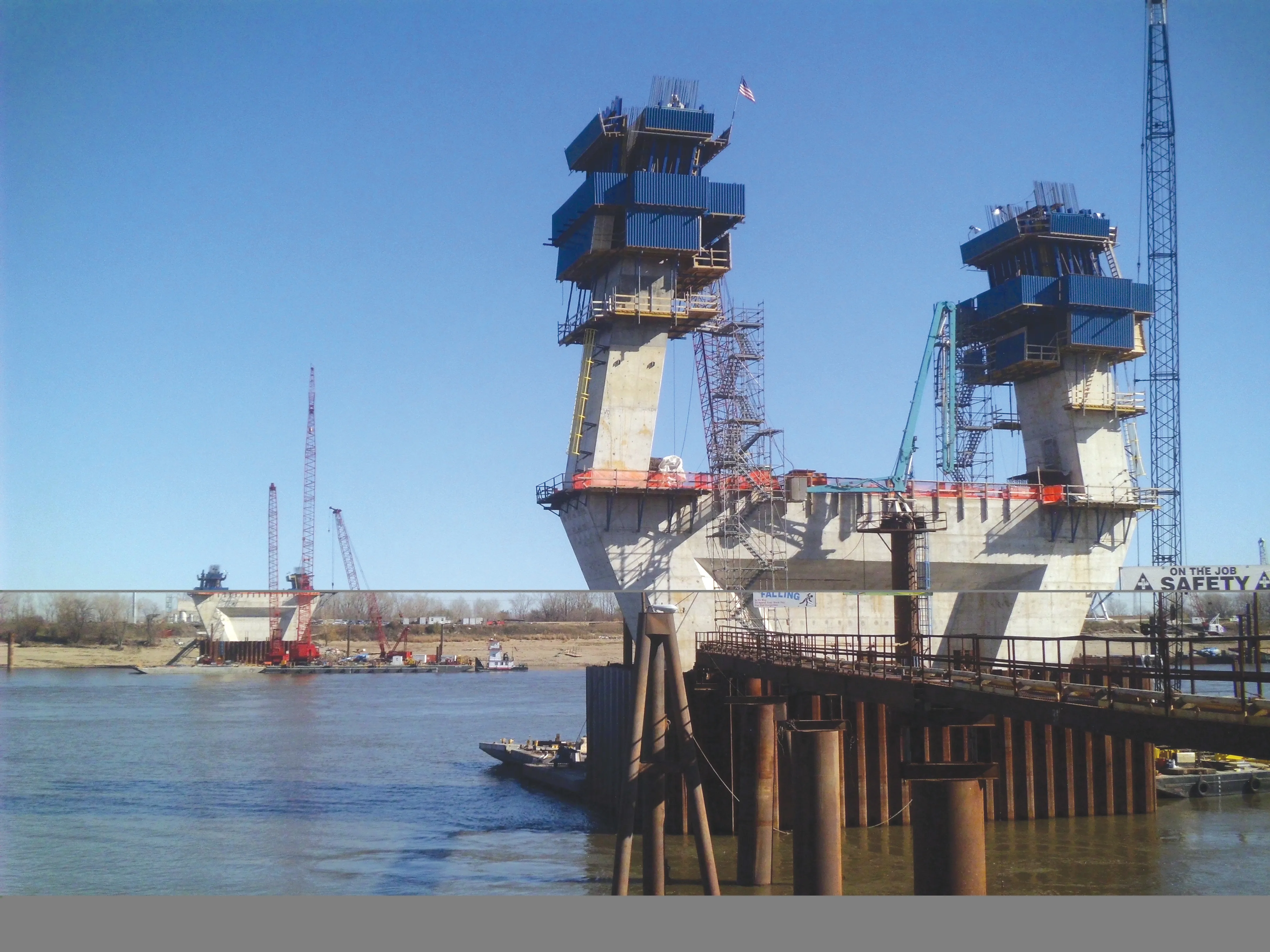Work is starting in the US on a US$356 million interchange project that will connect I-95, I-91 and Route 34 Interchange in New Haven.
February 14, 2012
Read time: 2 mins
Work is starting in the US on a US$356 million interchange project that will connect I-95, I-91 and Route 34 Interchange in New Haven. The US 2410 Federal Highway Administration (FHWA) is providing funding for this project, the last major phase of the I-95 New Haven Harbour Crossing Corridor Improvement Programme. "These I-95 upgrades will cut the congestion that slows down the movement of goods and people in this critical corridor," said US Transportation Secretary Ray LaHood. The project involves rebuilding the interchange to accommodate the new 10 lane Pearl Harbour Memorial Bridge, or Q Bridge, currently under construction. The new bridge will be the first of its kind in the United States combining the characteristics of two different types of bridges. It will combine the characteristics of the concrete box girder bridge (concrete beams in the shape of a box as support) and the cable-stayed bridge (cables attached to piers as support). The interchange project, due for completion in 2016, extends 1.6km along I-95 from Interchange 46 to approximately East Street. The reconstruction will eliminate left-lane exit and entrance ramps to improve safety and will result in the replacement of 21 bridges. The project will add lanes on I-95 and lane connections to I-91 to reduce bottlenecks in the area. The project will help tackle congestion, boosting safety and reducing travel times. The larger New Haven corridor was originally designed and built in the 1950s for a traffic volume of 40,000 vehicles/day. It now accommodates close to 140,000 vehicles/day. The I-95 New Haven Harbour Crossing Corridor Improvement Programme, estimated at $2.2 billion, including the $356 million interchange, consists of 12 contracts for operational and safety improvements on approximately 11.5km of I-95 in New Haven, East Haven and Branford. It extends from Interchange 46 to Interchange 54 on I-95.








